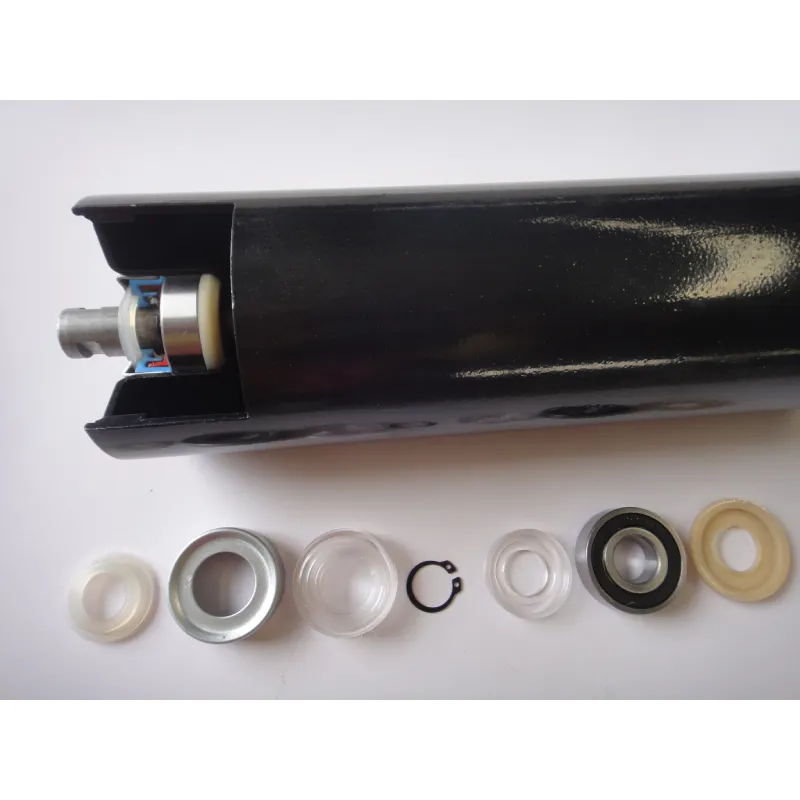 Afrikaans
Afrikaans  Albanian
Albanian  Amharic
Amharic  Arabic
Arabic  Armenian
Armenian  Azerbaijani
Azerbaijani  Basque
Basque  Belarusian
Belarusian  Bengali
Bengali  Bosnian
Bosnian  Bulgarian
Bulgarian  Catalan
Catalan  Cebuano
Cebuano  Corsican
Corsican  Croatian
Croatian  Czech
Czech  Danish
Danish  Dutch
Dutch  English
English  Esperanto
Esperanto  Estonian
Estonian  Finnish
Finnish  French
French  Frisian
Frisian  Galician
Galician  Georgian
Georgian  German
German  Greek
Greek  Gujarati
Gujarati  Haitian Creole
Haitian Creole  hausa
hausa  hawaiian
hawaiian  Hebrew
Hebrew  Hindi
Hindi  Miao
Miao  Hungarian
Hungarian  Icelandic
Icelandic  igbo
igbo  Indonesian
Indonesian  irish
irish  Italian
Italian  Japanese
Japanese  Javanese
Javanese  Kannada
Kannada  kazakh
kazakh  Khmer
Khmer  Rwandese
Rwandese  Korean
Korean  Kurdish
Kurdish  Kyrgyz
Kyrgyz  Lao
Lao  Latin
Latin  Latvian
Latvian  Lithuanian
Lithuanian  Luxembourgish
Luxembourgish  Macedonian
Macedonian  Malgashi
Malgashi  Malay
Malay  Malayalam
Malayalam  Maltese
Maltese  Maori
Maori  Marathi
Marathi  Mongolian
Mongolian  Myanmar
Myanmar  Nepali
Nepali  Norwegian
Norwegian  Norwegian
Norwegian  Occitan
Occitan  Pashto
Pashto  Persian
Persian  Polish
Polish  Portuguese
Portuguese  Punjabi
Punjabi  Romanian
Romanian  Russian
Russian  Samoan
Samoan  Scottish Gaelic
Scottish Gaelic  Serbian
Serbian  Sesotho
Sesotho  Shona
Shona  Sindhi
Sindhi  Sinhala
Sinhala  Slovak
Slovak  Slovenian
Slovenian  Somali
Somali  Spanish
Spanish  Sundanese
Sundanese  Swahili
Swahili  Swedish
Swedish  Tagalog
Tagalog  Tajik
Tajik  Tamil
Tamil  Tatar
Tatar  Telugu
Telugu  Thai
Thai  Turkish
Turkish  Turkmen
Turkmen  Ukrainian
Ukrainian  Urdu
Urdu  Uighur
Uighur  Uzbek
Uzbek  Vietnamese
Vietnamese  Welsh
Welsh  Bantu
Bantu  Yiddish
Yiddish  Yoruba
Yoruba  Zulu
Zulu v belt idler
Understanding the Importance of V-Belt Idlers in Mechanical Systems
V-belt idlers play a crucial role in the functionality and efficiency of various mechanical systems, particularly in the realm of machinery and automotive applications. These components are designed to maintain appropriate tension in V-belts, which are essential for transferring power from one device to another, such as from an engine to a fan or other accessories.
Understanding the Importance of V-Belt Idlers in Mechanical Systems
The primary function of a V-belt idler is to guide the belt and prevent it from slipping off the pulleys. In many applications, the alignment of the belt is critical to prevent wear and prolong the lifespan of both the belt and the pulleys. Moreover, an idler can help to reduce vibrations within the system, promoting smoother operation and minimizing noise.
v belt idler

In terms of design, V-belt idlers are typically cylindrical, allowing for smooth rotation. They can be made from various materials, including rubber and metal, depending on the application requirements. It's important to select the right type of idler based on factors such as load capacity, speed, and environmental conditions.
Regular maintenance of V-belt idlers is essential to ensure that they continue to function effectively. Over time, idlers can wear out, leading to decreased performance or even failure of the V-belt system. Regular inspections can help identify any signs of wear or damage, allowing for timely replacement before more serious issues arise.
In conclusion, V-belt idlers are vital components in many mechanical systems, providing necessary support and tension for V-belts. By ensuring proper alignment and reducing wear, these idlers help maintain the efficiency and reliability of machinery. As industries continue to evolve, the role of V-belt idlers remains critical in driving performance and durability in mechanical operations. Understanding their function and maintenance is key for anyone involved in mechanical engineering or equipment management.
-
Revolutionizing Conveyor Reliability with Advanced Rubber Lagging PulleysNewsJul.22,2025
-
Powering Precision and Durability with Expert Manufacturers of Conveyor ComponentsNewsJul.22,2025
-
Optimizing Conveyor Systems with Advanced Conveyor AccessoriesNewsJul.22,2025
-
Maximize Conveyor Efficiency with Quality Conveyor Idler PulleysNewsJul.22,2025
-
Future-Proof Your Conveyor System with High-Performance Polyurethane RollerNewsJul.22,2025
-
Driving Efficiency Forward with Quality Idlers and RollersNewsJul.22,2025





























